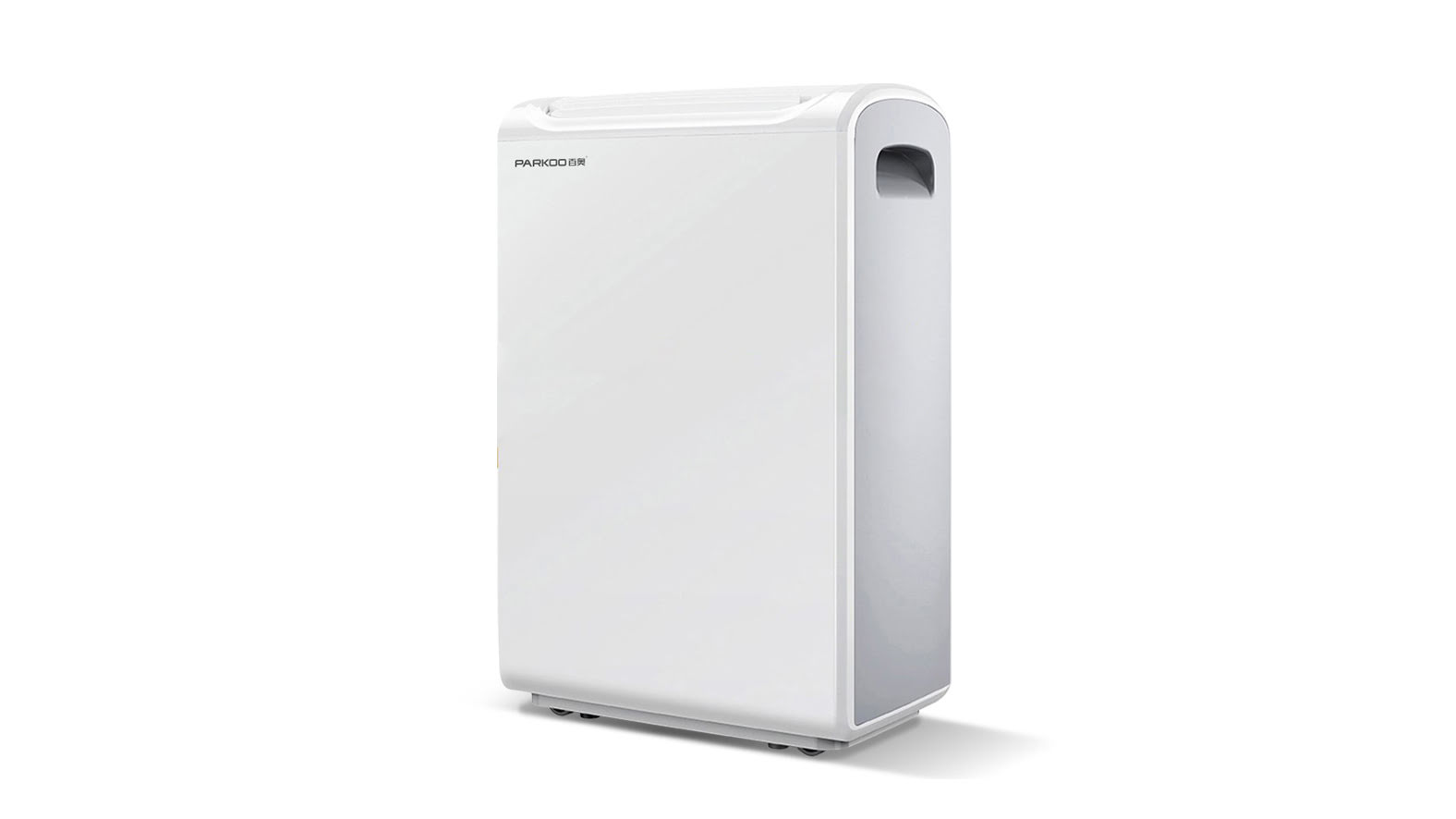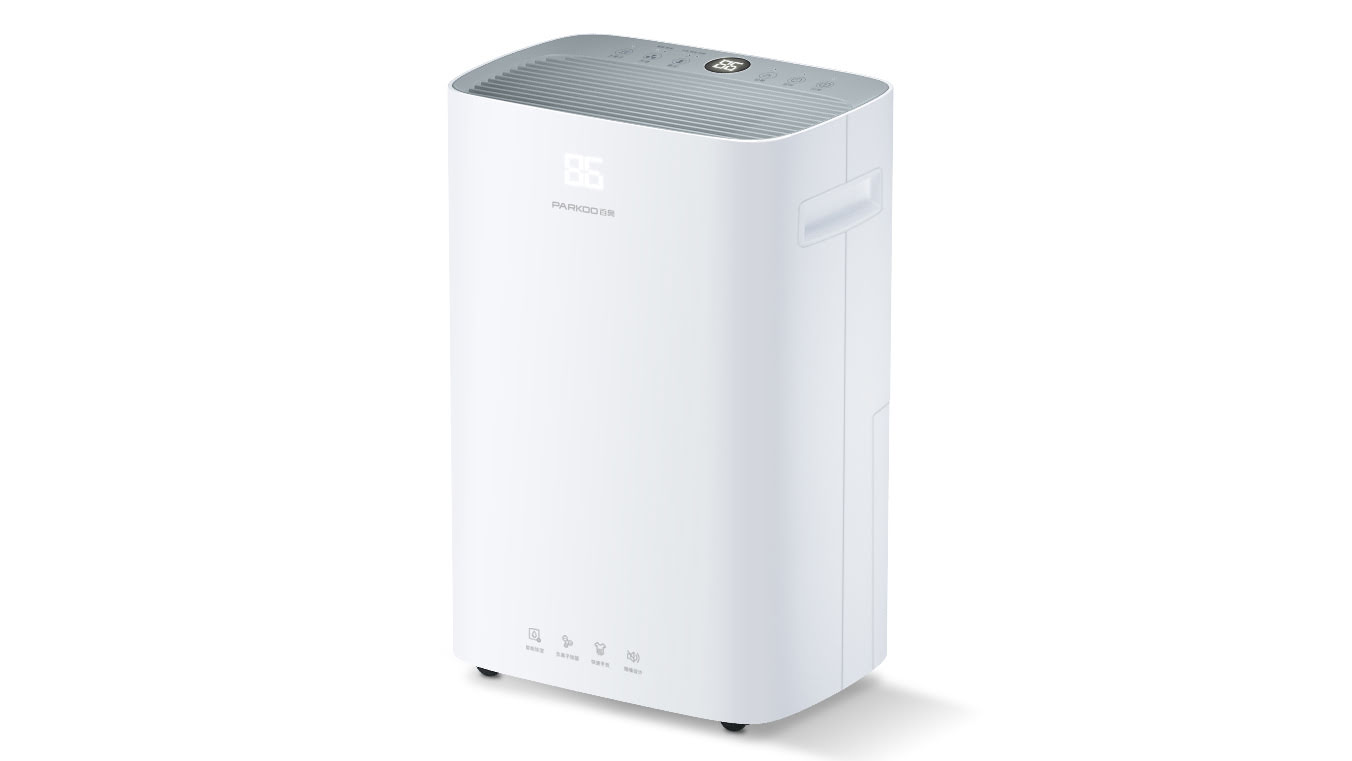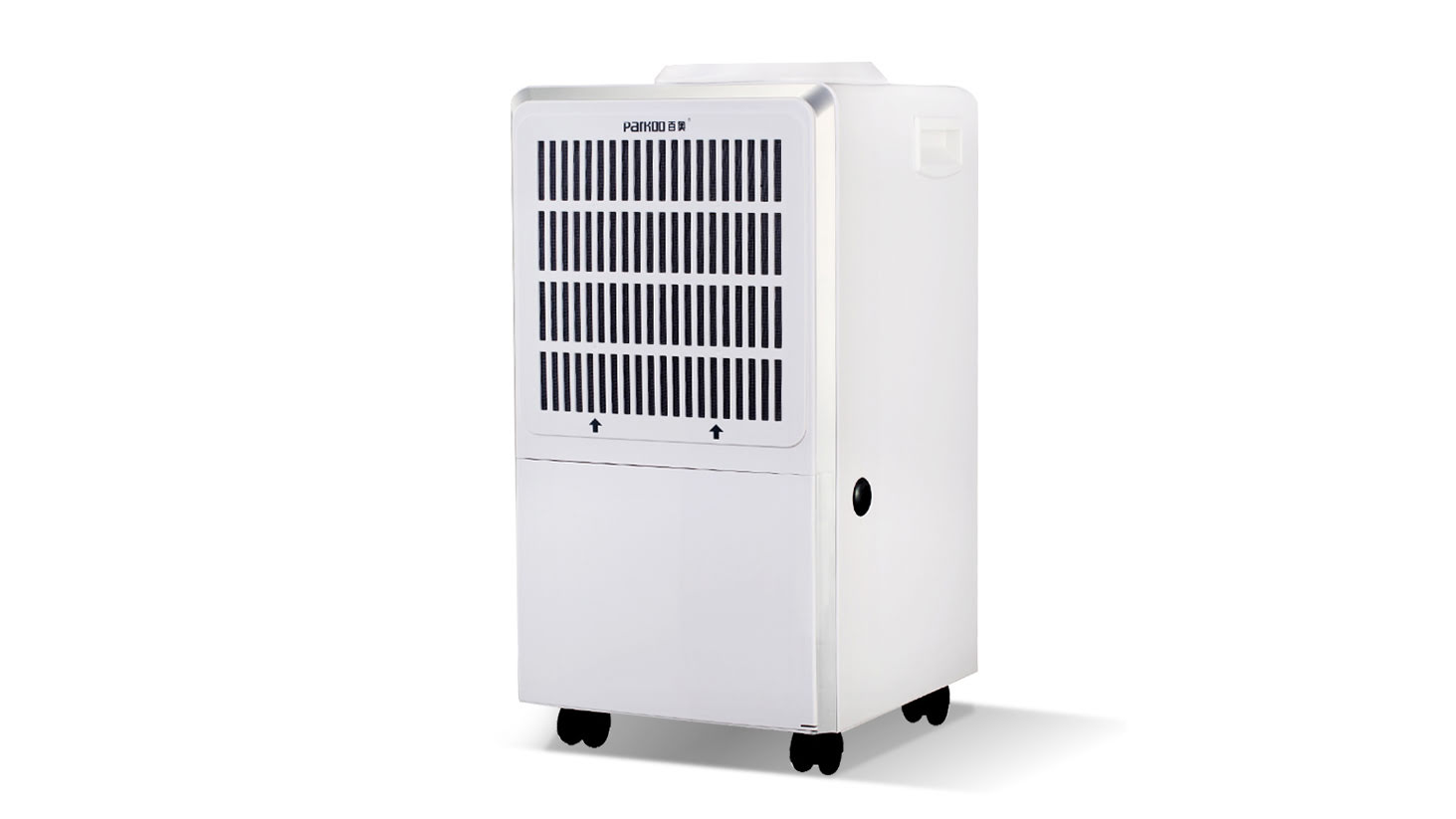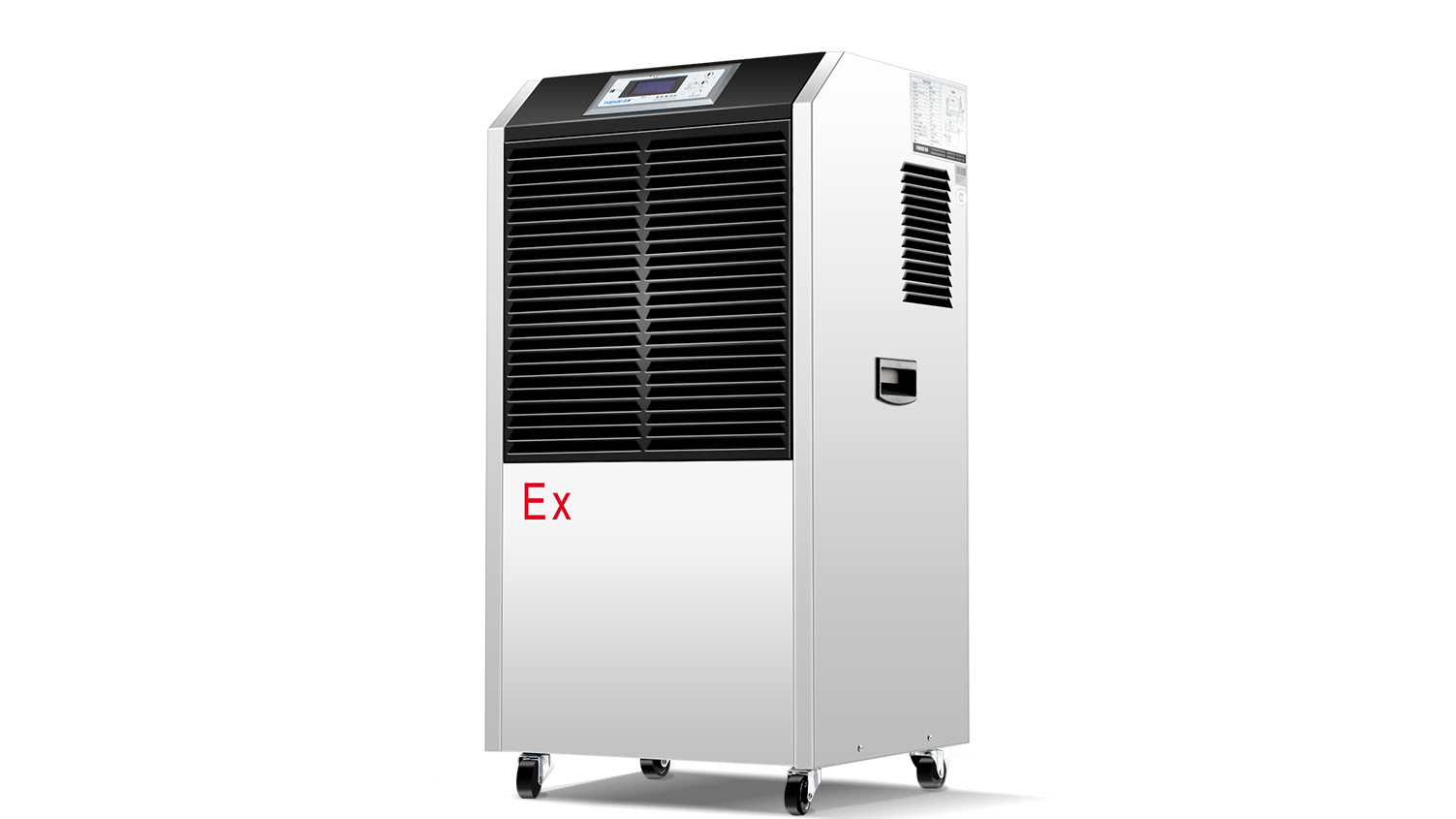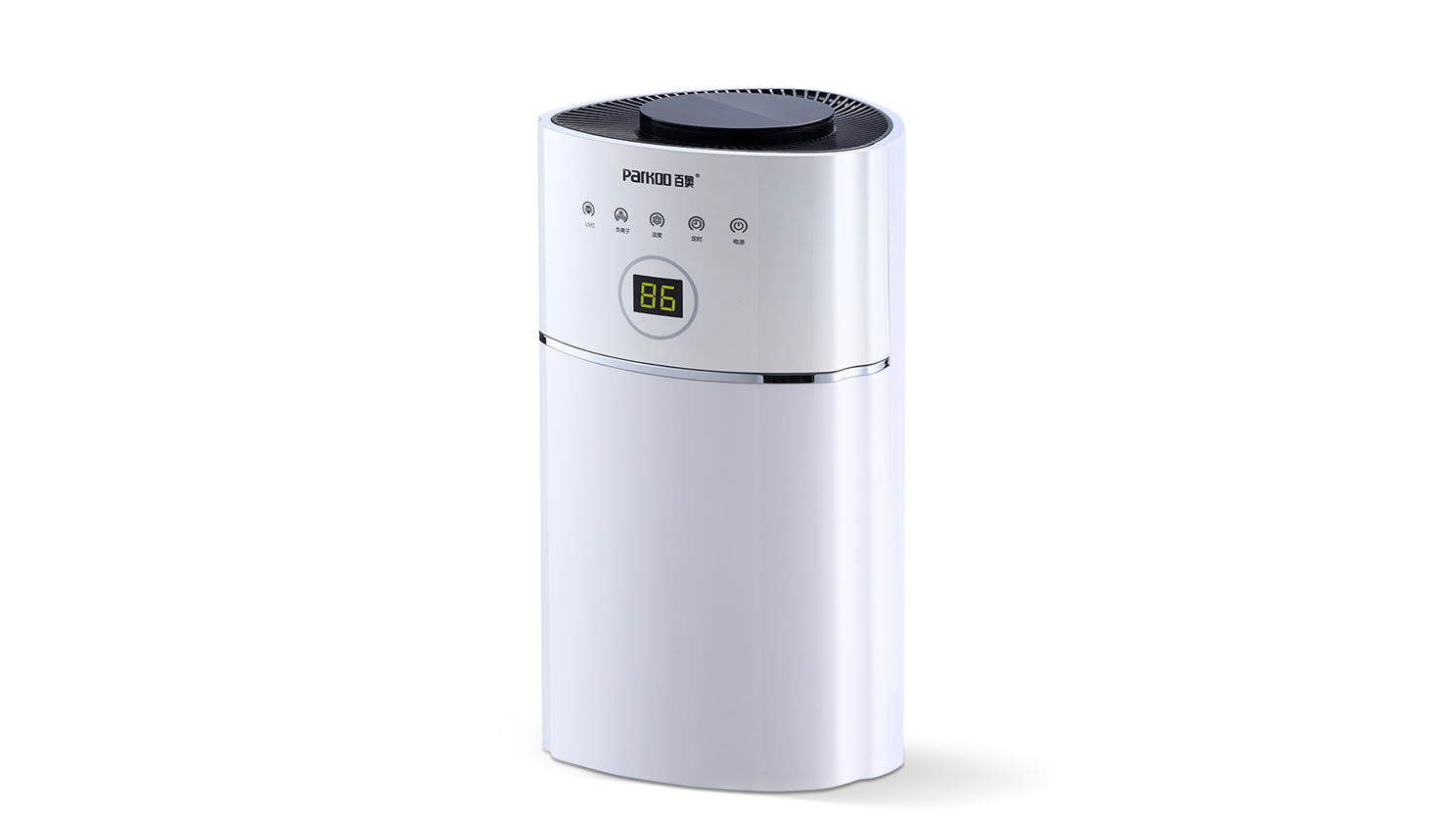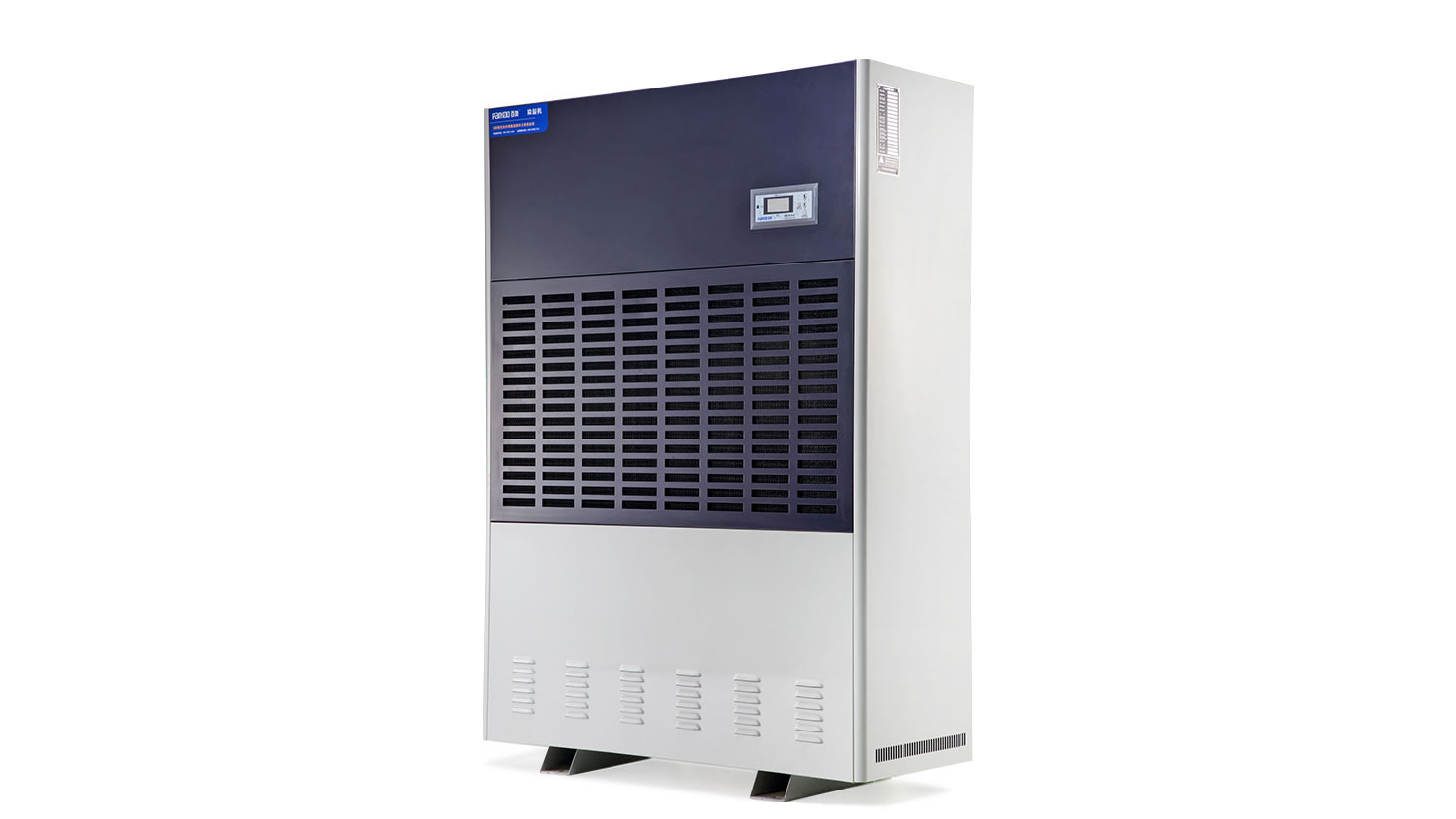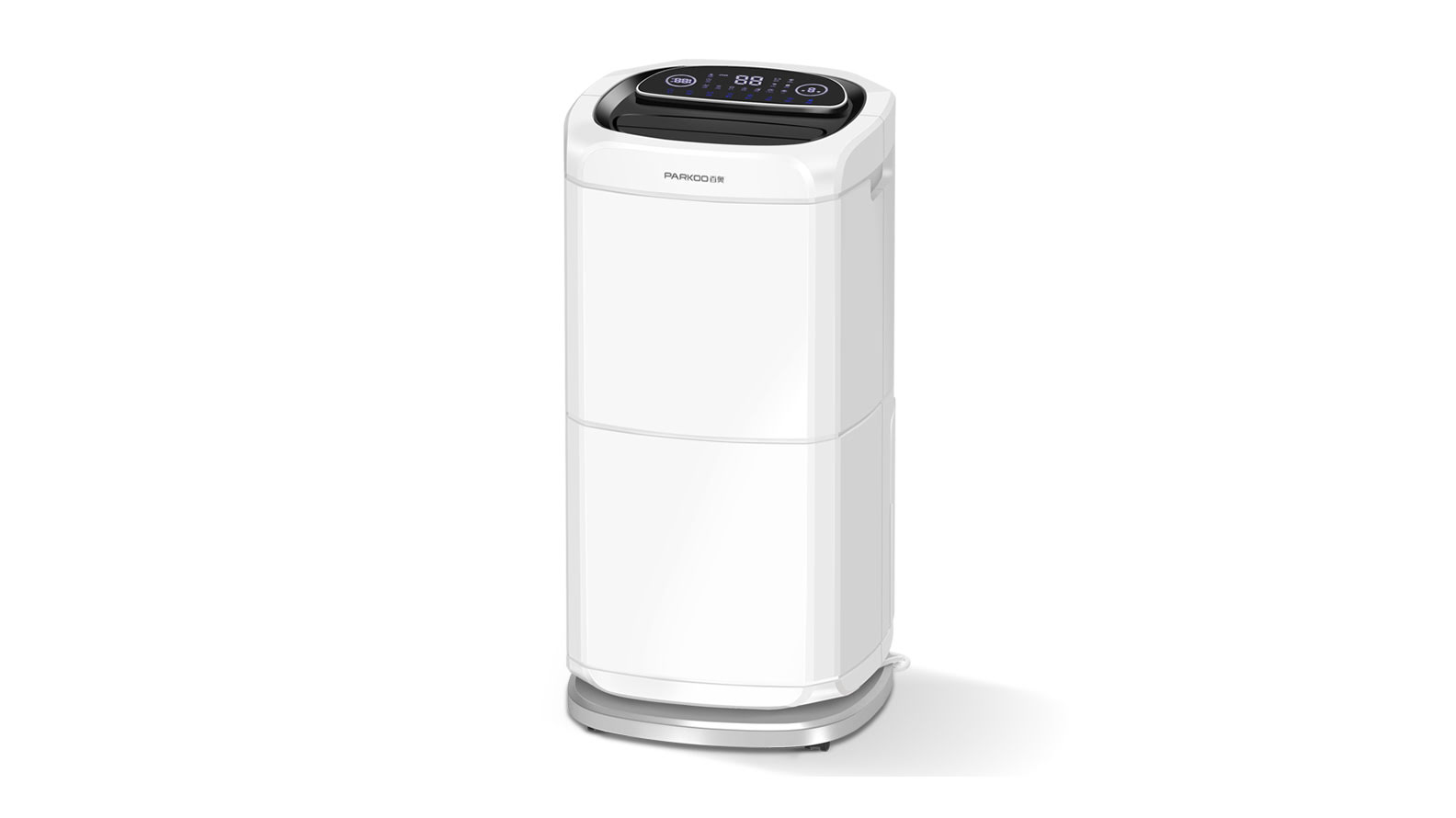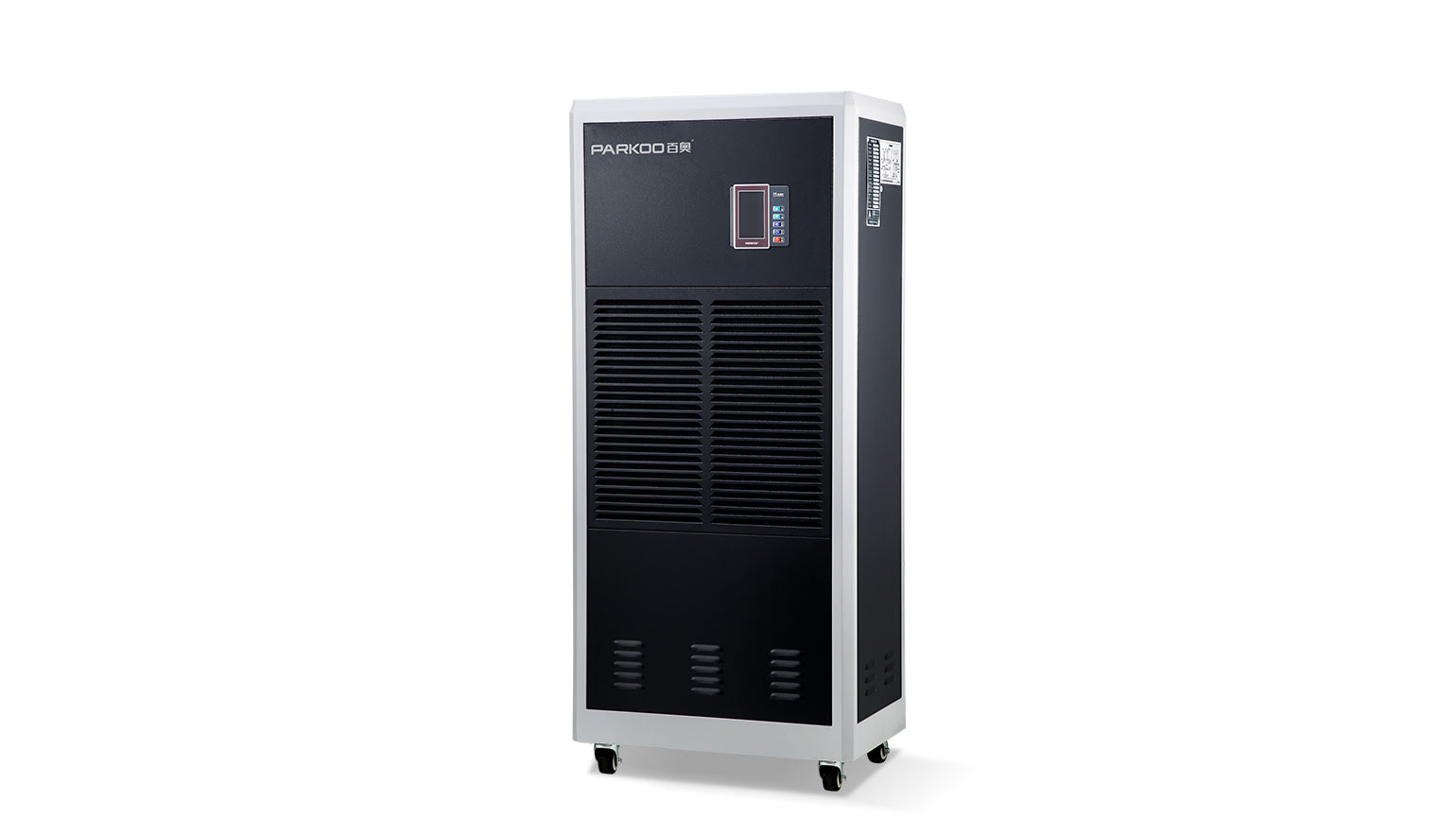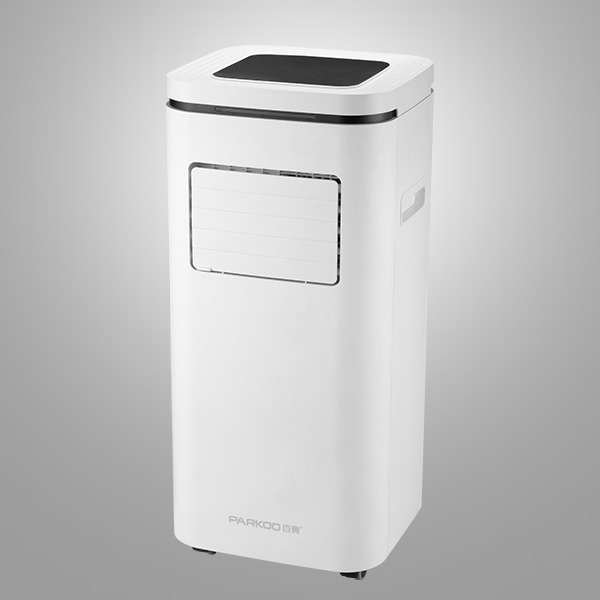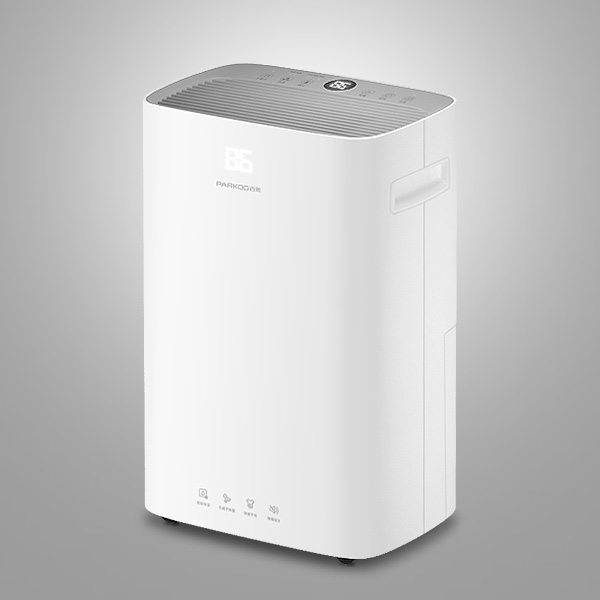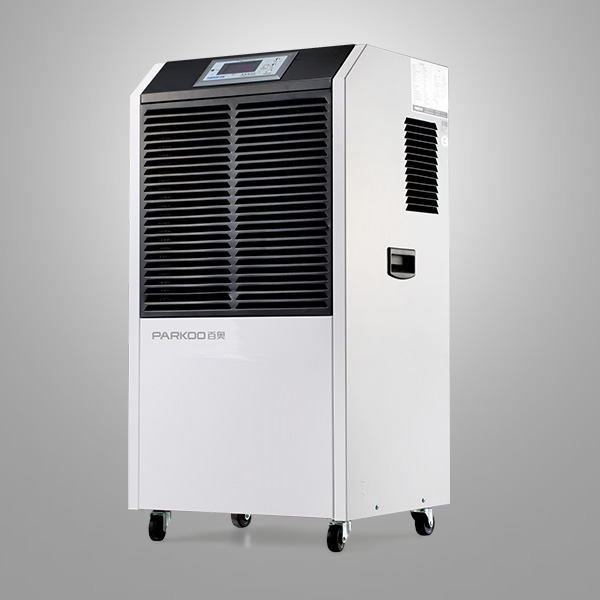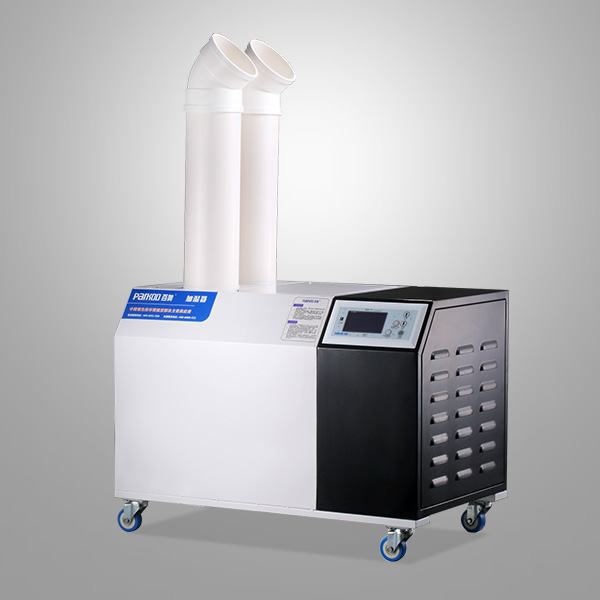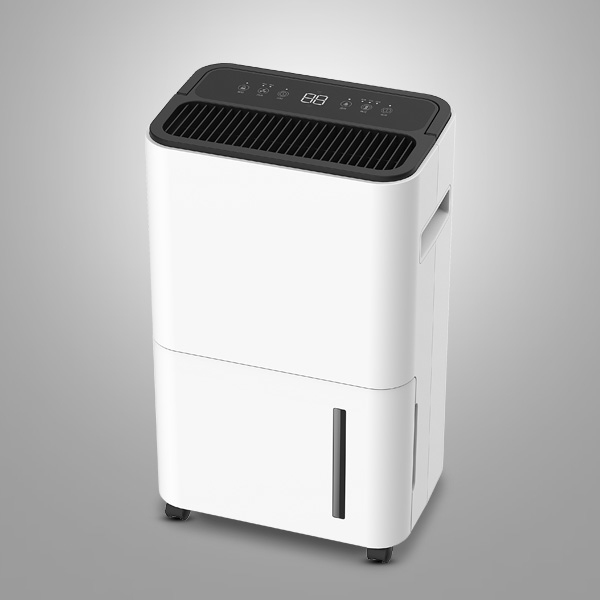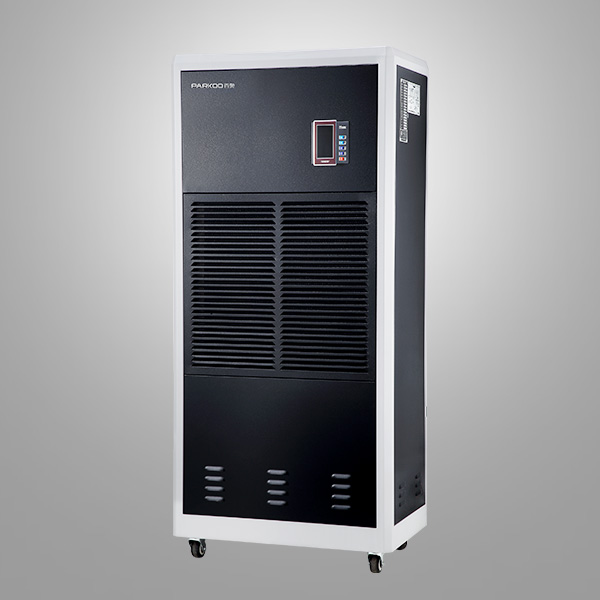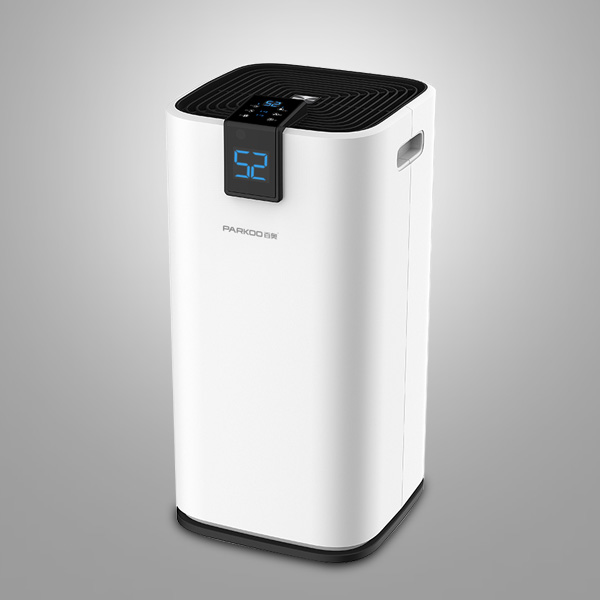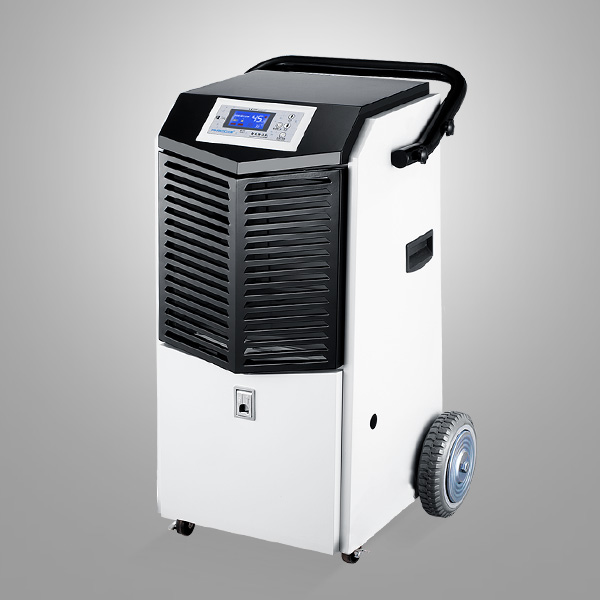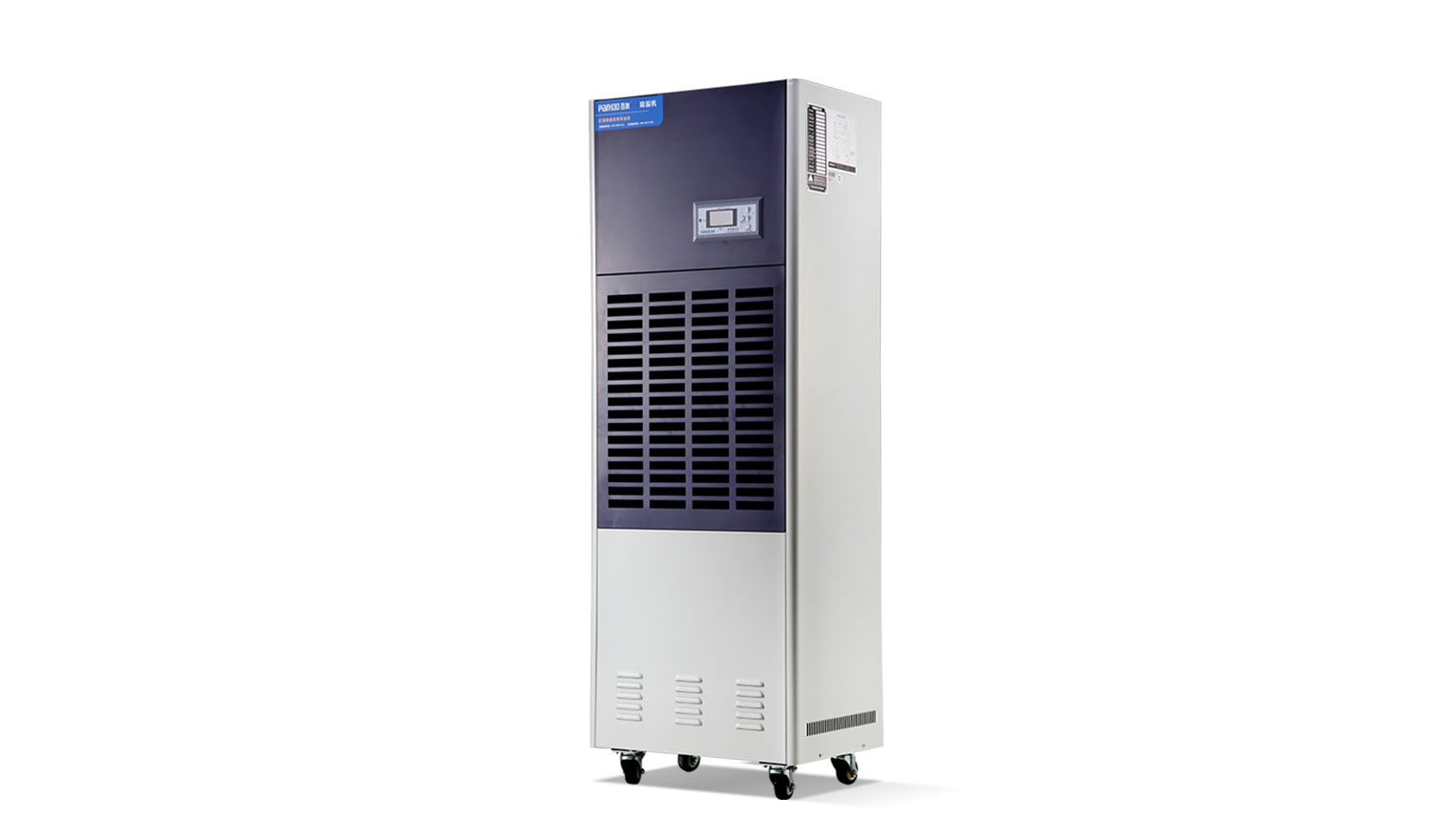The rapid drying type lost foam drying machine and the Dynamic white mold production technology of the heating and deHumidification system in the lost foam drying room are an important paRT of the lost foam production process. The Quality of the white mold directly affects the quality of the final poured product. At the same time, the high Moisture content of the white mold can Cause vaporization during the pouring process, posing a safety hazard. Therefore, the drying treatment of white mold is an Important part of the lost foam production process
The drying room is the main drying method used for white mold drying. However, in actual use, it has been found that the drying time is long and the production Efficiency is low. The main reason is that a large amount of water vapor cannot be eliminated in a timely manner during the drying process, and the temperature in the drying room cannot rise quickly to the set temperature for drying.
this article studied how to Improve the drying speed and product quality stability of the existing drying room by adding a PD-45GS fast drying lost foam dryer and a PD series heating, drying, and dehuMidification integrated machine in the drying room during the renovation process
The drying of white molds is a key link in the production process of white molds. How to make the drying process fast, efficient, and ensure quality is a process that EPC manufacturers are particularly concerned about. The commonly used heating methods for drying rooms Currently include sTeam heating and Electric heating
During the drying process, the moisture in the white mold will quickly evaporate with the increase of the drying room temperature, and a large amount of water vapor will be generated in the drying room. The presence of water vapor Prevents a rapid increase in temperature in the drying room, resulting in an increase in heating energy and longer drying time Therefore, how to quickly remove water vapor from the drying room and reduce energy Consumption during the drying process is an important consideration in the design of the drying room. At present, the commonly used dehumidification methods mainly include heating ventilation dehumidification, freezing dehumidification, solid adsorption dehumidification, liquid adsorption dehumidification, membrane dehumidification, and combined dehumidification
Freeze dehumidification is one of the earliest dehumidification methods used. The partial pressure of water vapor in the air changes with temperature, and a cold source is used to lower the air temperature to the dew point temperature, causing the water vapor to condense into water, reducing the absolute humidity in the air, and thus achieving the dehumidification process
The PD-45GS fast drying lost foam dryer and the PD series heating, drying, and dehumidification integrated machine are dehumidification equipment composed of a refrigeration system and a supply air system. its working principle is that wet air is sucked in by the fan through the air duct, and first passes through the heat exchange fins of the evaporator. The temperature of the wet air is absorbed by the refrigerant evaporation in the COPper tube of the evaporator, and the air temperature drops to the dew point temperature, releasing the water vapor inside. The cooled air then passes through the heat exchange fins of the condenser to absorb the heat of the refrigerant in the copper tube of the condenser, causing the air temperature to rise again, At the same time, cool the refrigerant inside the copper tube of the condenser. after drying and heating, the air enters the drying room again through the air duct for circulation
